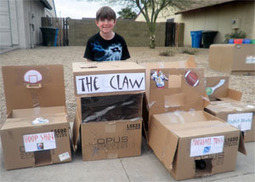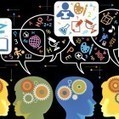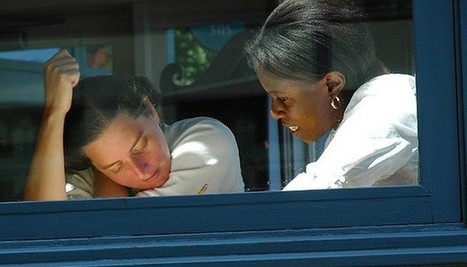Public Science Project has been successful at enlisting the help of young people and motivating them to engage in highly academic work in large part because they value what those youth bring to the table. This model offers interesting insights for educators struggling to motivate and challenge learners that seem disengaged or disinterested in learning.
Research and publish the best content.
Get Started for FREE
Sign up with Facebook Sign up with X
I don't have a Facebook or a X account
Already have an account: Login
Tech tools that assist all students to be independent learners & teachers to become better teachers
Curated by
Beth Dichter
 Your new post is loading... Your new post is loading...
 Your new post is loading... Your new post is loading...

Angie Hammons's curator insight,
October 19, 2014 11:33 PM
This is a slide set from a presentation on transliteracy. This slide set provides a good foundation for understanding what transliteracy is. It is important to understand that you can't take digital literacy or information literacy and focus on them individually. Each of the different literacies are connected and should be recognized as such. |
|














Engaging the disengaged